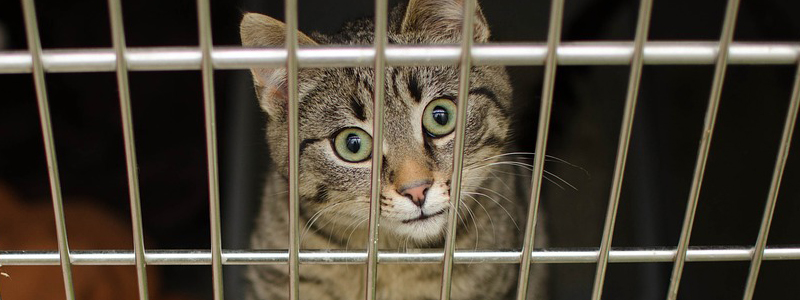BY: SAMANTHA BARTLETT, DVM
The New York Times recently compiled data from animal shelters in major cities across the nation. What they found is that euthanasia rates have uniformly declined among pets in shelters. The reasons behind the trend are multiple, but mainly can be attributed to a shift in attitude toward homeless pets.
The original goal of animal controls in early history was to prevent the spread of disease by stray animals – namely Rabies. These animals were taken off the streets and euthanized as a public health service. Early euthanasias were brutal – often by drowning or clubbing. In the late 19th century, gas chambers became more the norm for euthanasia. Today, most shelters euthanize by injection.
The way homeless animals are handled has come a long way since the infancy of major American cities. A change in public opinion about animals in general has sparked a change in shelter operations. The Humane Society estimated in the 1970s that an average of 13.5 million animals were euthanized yearly in shelters. Today, that estimate is much lower at less than two million across the nation.
Most of this trend is attributed to societal pressure to find homes for these animals rather than euthanize due to overcrowding. In response, shelters have changed their operations to keep animals longer and work with rescues to provide fosters and medical care to sick animals so they can be adopted. This shift in society’s views have also decreased the number of animals entering shelters as owners are becoming more responsible and spaying and neutering has become more mainstream. Some shelter programs work hard to help owners keep their pets rather than having to surrender them due to hardships. For example, the city of Charlotte, NC has a grant program to help people pay pet deposits for apartments and assist with veterinary bills so financially strained owners can keep their pets.
The shelter industry has also become more professionalized with a new veterinary specialty in shelter medicine and professional organizations for shelter workers. The shelter industry has its own magazine for members and shelter-specific conferences for continuing education.
Even with these changes, some smaller shelters are still euthanizing due to space limitations. These shelters simply do not have the staff, funds or physical space to house the number of homeless animals in the communities they serve. When faced with this situation, the hard decision must be made to euthanize those animals that are less likely to be adopted so that the funds can go toward housing adoptable pets. In most of these situations, cat populations take the hardest hit. Some communities have implemented community cat programs where feral cats are trapped, neutered at no cost and released back into the communities, thereby preventing further growth of the population and allowing these cats to live.











